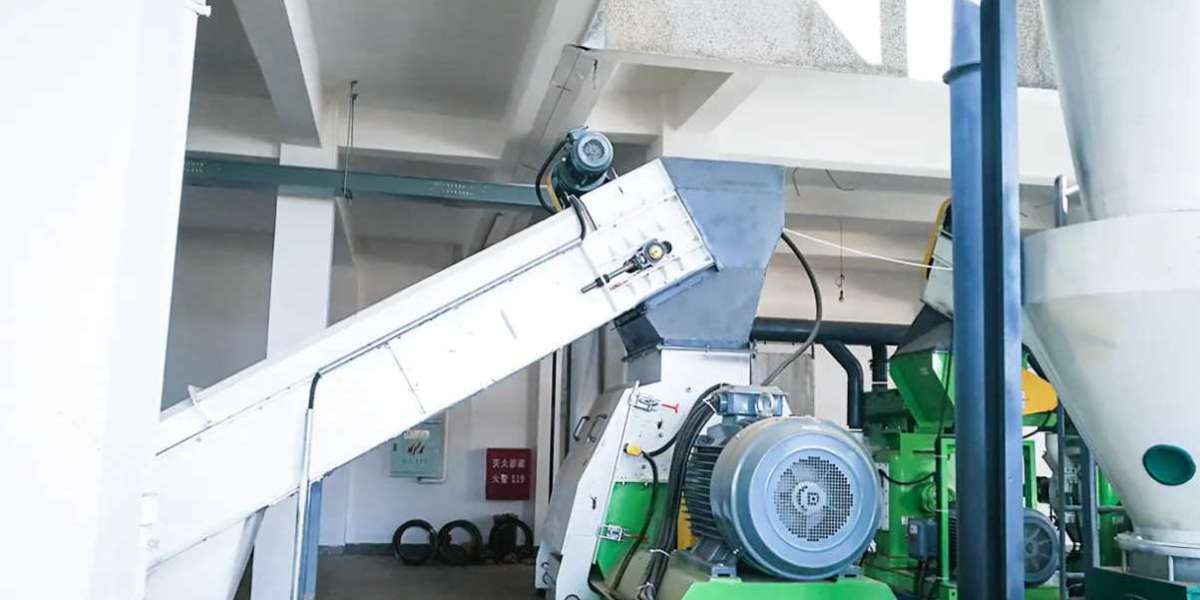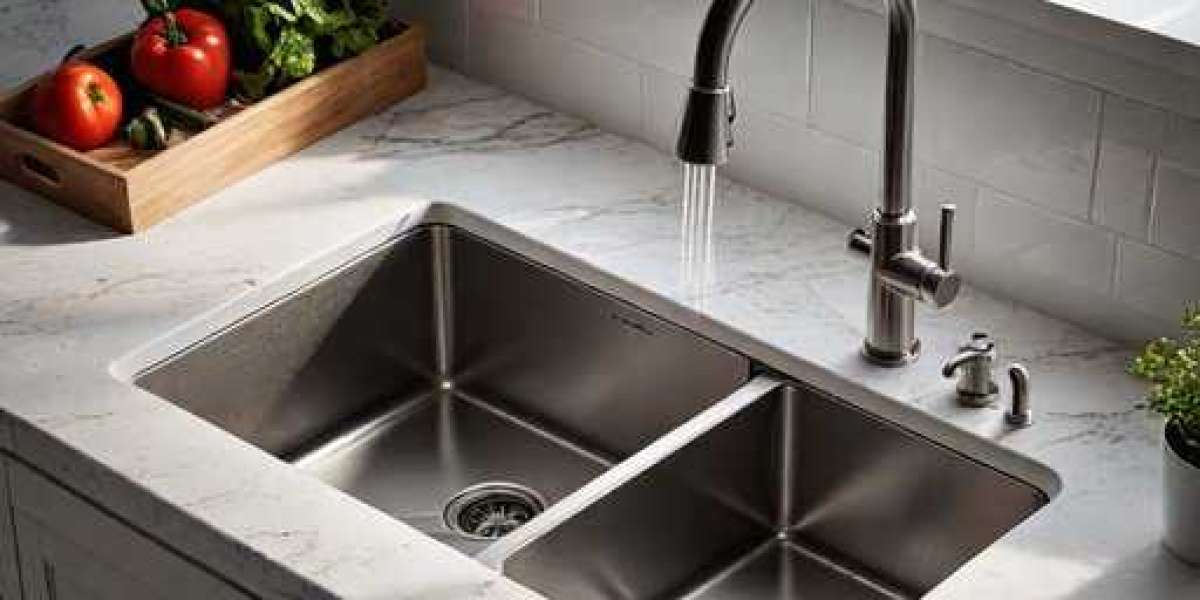Operating a wood hammer machine, also known as a woodworking machine or a wood processor, requires adherence to strict safety measures to prevent accidents and ensure the well-being of the operator and those around the machinery. Here are some key safety precautions to consider:
1. **Training and Familiarization**: Before operating the machine, ensure that you have received proper training and are familiar with the machine's operation manual.
2. **Personal Protective Equipment (PPE)**: Always wear appropriate PPE, including safety glasses to protect against flying debris, hearing protection to shield against loud noises, and a dust mask or respirator to prevent inhalation of wood dust.
3. **Secure Work Area**: Keep the work area clean and free of clutter. Tripping hazards and loose objects can lead to accidents.
4. **Proper Clothing**: Wear close-fitting clothing with no loose sleeves or ties that could get caught in the machine. Remove jewelry, ties, and other loose items.
5. **Inspection**: Before starting the machine, inspect it for any signs of damage, wear, or loose parts that could cause malfunction.
6. **Guards and Safety Features**: Ensure that all guards and safety features are in place and functioning correctly. Never remove or disable safety guards.
7. **Power On/Off**: Always turn off the machine when making adjustments, changing blades, or clearing jams. Never reach into the machine while it is running.
8. **Feeding Stock**: Feed wood into the machine slowly and steadily, avoiding sudden pushes that could lead to loss of control.
9. **Jamming**: If the machine jams, turn it off immediately. Wait for the machine to come to a complete stop before attempting to clear the jam.
10. **Maintenance**: Regularly maintain the machine according to the manufacturer's instructions. This includes oiling moving parts, tightening screws, and replacing worn blades.
11. **Emergency Stop**: Know the location of the emergency stop button and how to use it. Make sure it is easily accessible in case of an emergency.
12. **No Lone Work**: Avoid operating the machine alone. Having a second person present can be helpful in case of an emergency.
13. **Debris Removal**: Regularly clear sawdust and debris from the machine and the surrounding area to prevent fire hazards and maintain the machine's performance.
14. **Tool Storage**: Keep tools and accessories organized and stored safely when not in use to prevent accidents.
15. **First Aid and Emergency Procedures**: Be aware of first aid procedures and have a first aid kit nearby. Know the location of the nearest emergency phone and the procedures to follow in case of an accident.
16. **Lockout/Tagout**: When performing maintenance or making adjustments, ensure that the machine is locked out and tagged out to prevent accidental start-up.
17. **Noise Level**: Be aware of the noise level and take appropriate measures to protect your hearing, especially during extended use.













